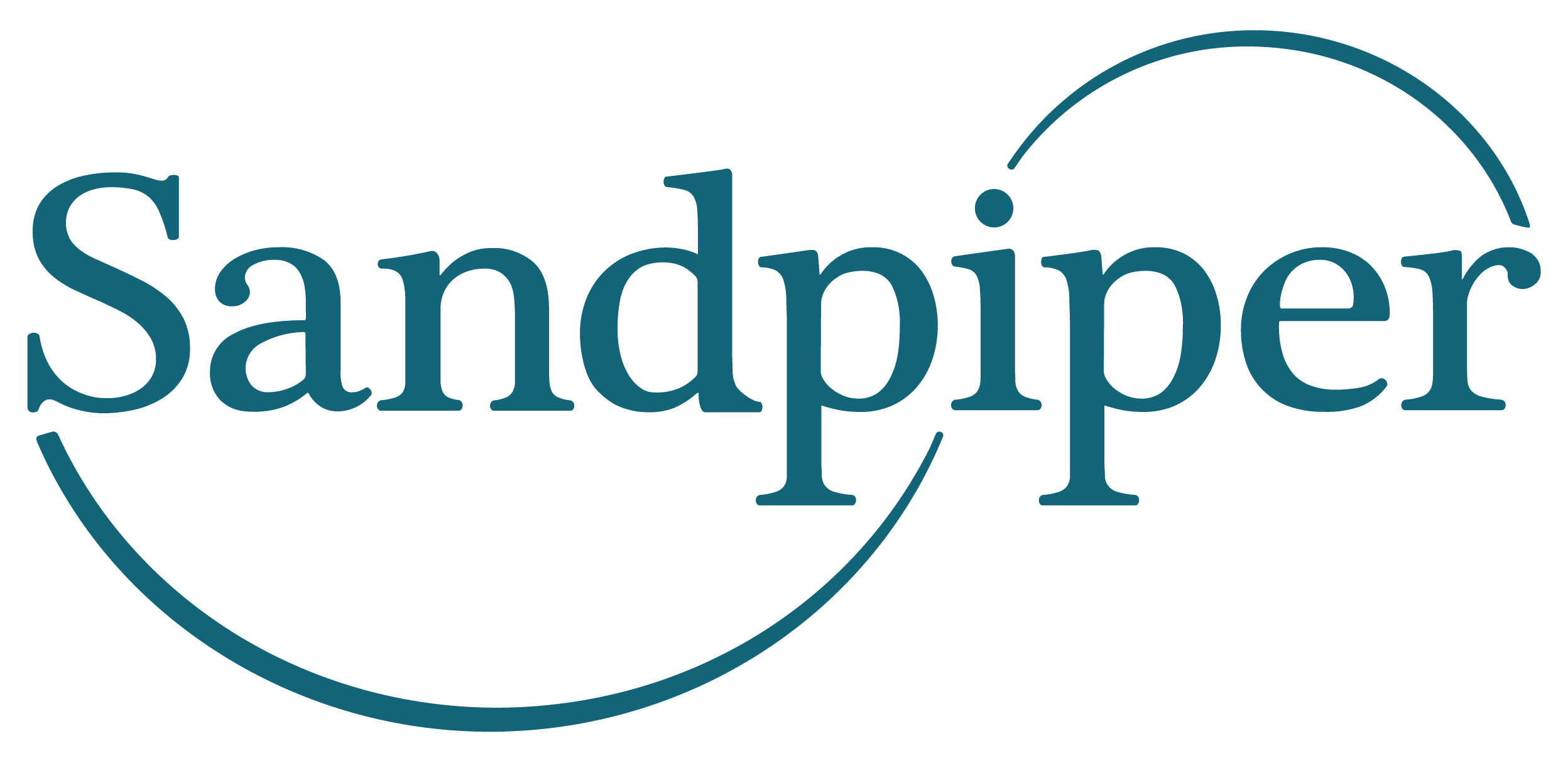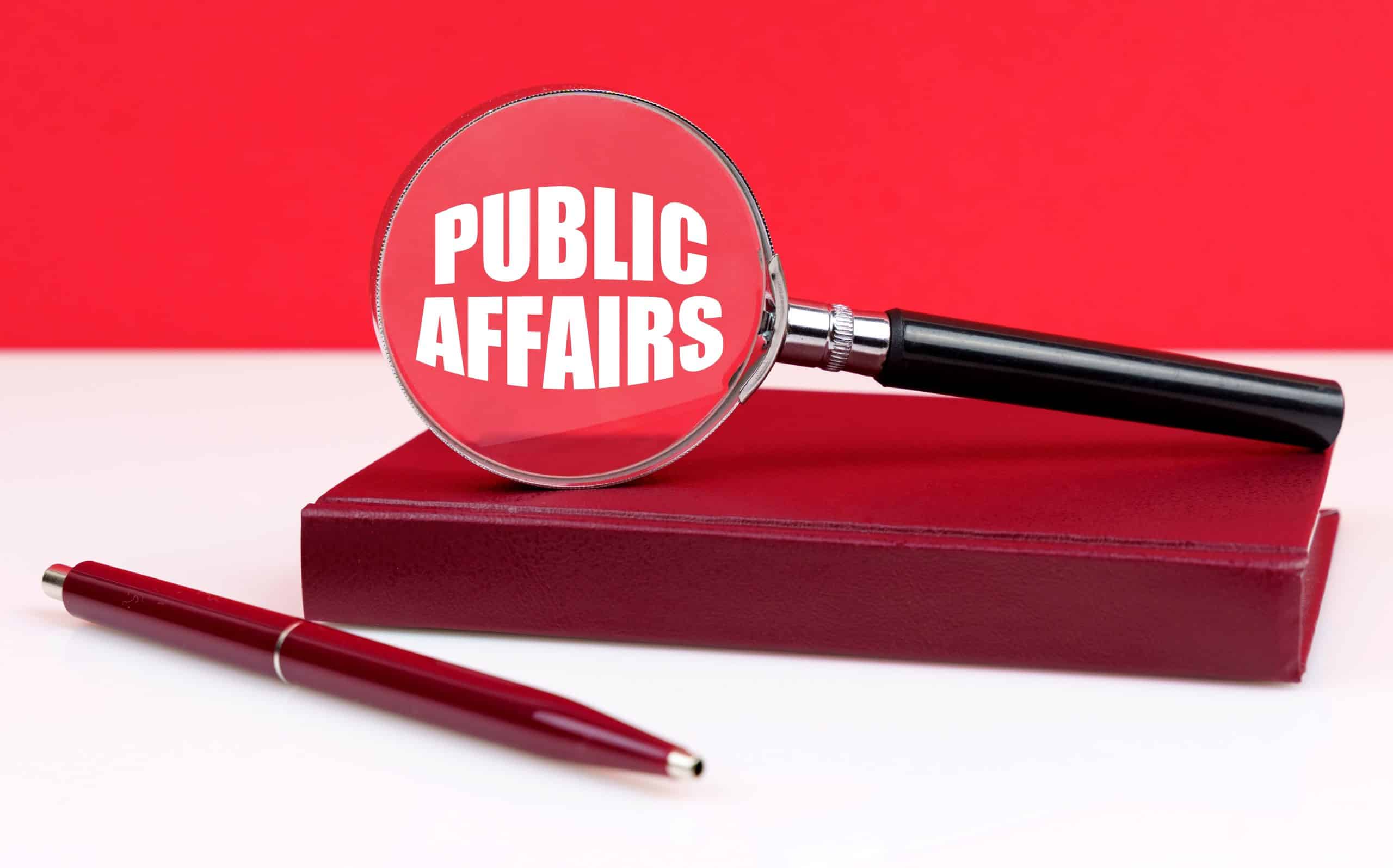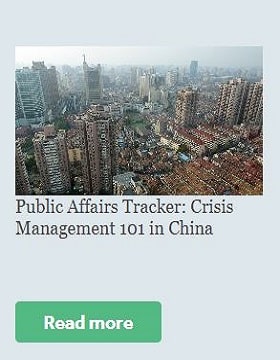
Cybersecurity Scams: How Brands Can Win Back Broken Trust

What Should be Considered in the Healthier SG Strategy?
Public Affairs: Back to the Basics
March 2022
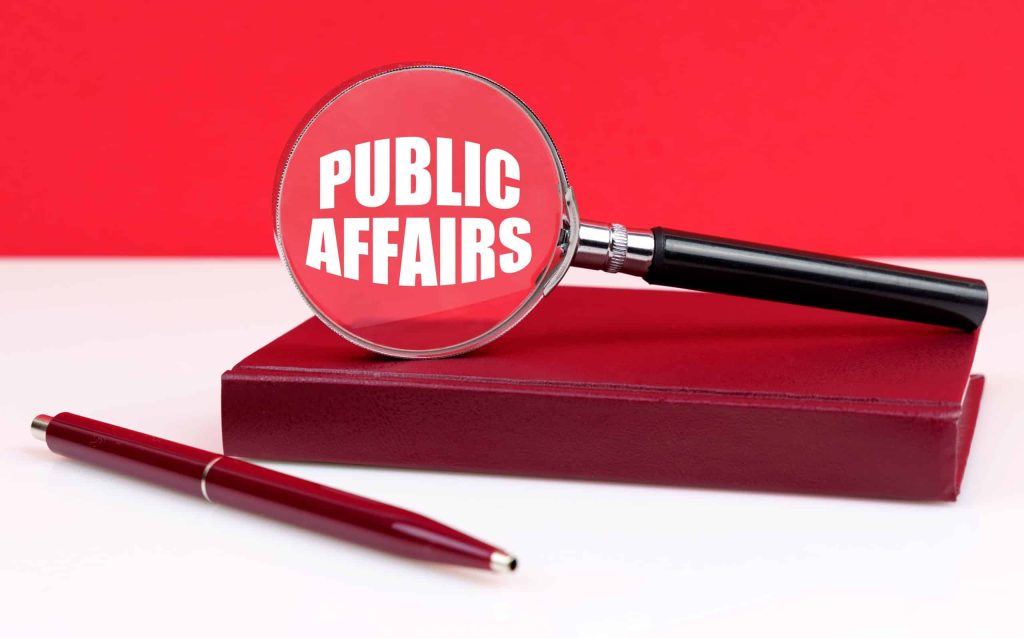
by Robert Magyar, Senior Executive Director, Sandpiper China. Fluent in five different languages, Robert has over two decades of experience in government relations, and public affairs. He has worked across the globe in a range of sectors including healthcare, ESG, finance, and insurance. Prior to Sandpiper China, Robert was the Vice President of Weber Shadwick Corporate Communications and Public Affairs Practice in both Tokyo and Beijing.
Public Affairs: Back to the Basics. As a public affairs practitioner, can you explain to others what you do every day?
While the words constituting the term public affairs are easy to understand, most people don’t have a good grasp of what this profession entails. But to do a good job as a public affairs expert, it is crucial that colleagues, bosses, contacts, and partners have a good sense of what is possible to be achieved through public affairs.
The function of Public Affairs is a communications discipline with the goal of creating a favorable policy environment for an organization – but there are many steps and tasks in achieving this objective.
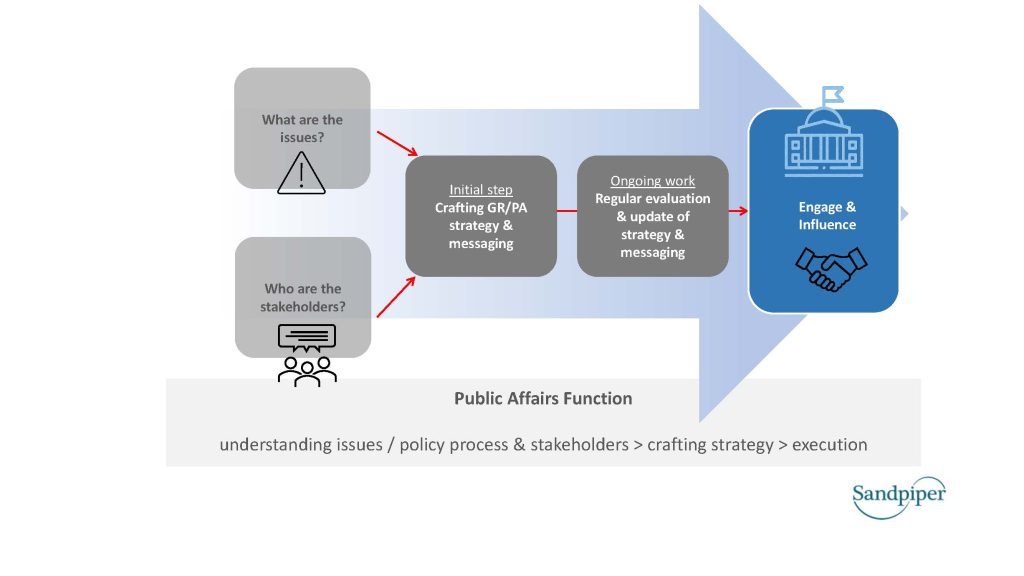
Laying the groundwork
The two most basic and important tasks of a successful public affairs practitioner are:
- understanding the issues impacting the organization. They may be relevant policies, viewpoints held by decision makers, public sentiment, industry trends, and competitor attitudes.
- getting to know and assessing the roles, responsibilities, interests, positions, and priorities of stakeholders, which include academic and subject matter experts, politicians, government officials, legislators, interest groups, and different segments of the public.
Developing the narrative
The next step in creating a good foundation for any public affairs work is to craft your organization’s position and messages in relation to the policy goal that you want to achieve. This means not only having an easy-to-understand and compelling message, but also having facts, figures, and examples (proof points) that support your organization’s position and articulating what you want to convey in a manner that best resonates with the target stakeholders and their interest and priorities.
Lights, cameras, action
Having a good understanding of the environment and the right message will enable the planning and execution of effective communication, engagement, and outreach activities. The range for such activities is vast, and this is where public affairs becomes exciting – from meetings with experts, workshops with legislators and government officials to the development of white papers and technical recommendations, media coverage, digital communications, videos, and infographics, as well as corporate and social responsibility programs and public campaign and events. The role of the public affairs practitioner is to identify the best platforms that will allow the organization to engage with different groups of stakeholders most effectively. It is maybe these activities that others would most easily associate with your work, but of course, execution is only the tip of the iceberg. A great deal of work goes into any public affairs campaign before people can actually see it in action.
Public Affairs Checklist
- meeting and workshops with stakeholders
- white papers
- technical recommendations
- media relations
- omni channel story telling
- corporate and social responsibility programs
- public campaigns
- events
If you have any questions on how to set up your own public affairs team, need support in building a stronger understanding of your operating environment or implementing a public affairs campaign, Sandpiper can be your partner. Our expert team works across the Asia Pacific region and is always ready to help.
You may also like:
